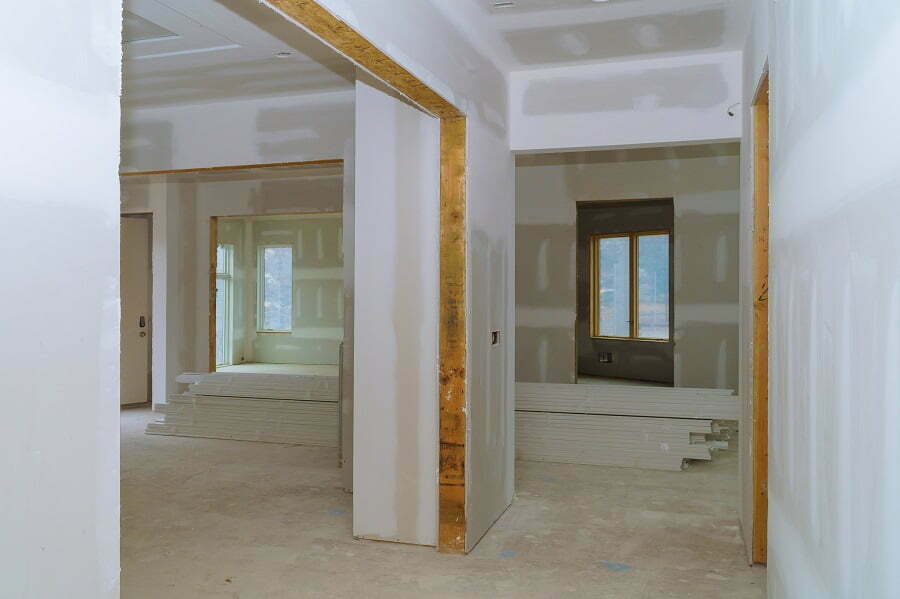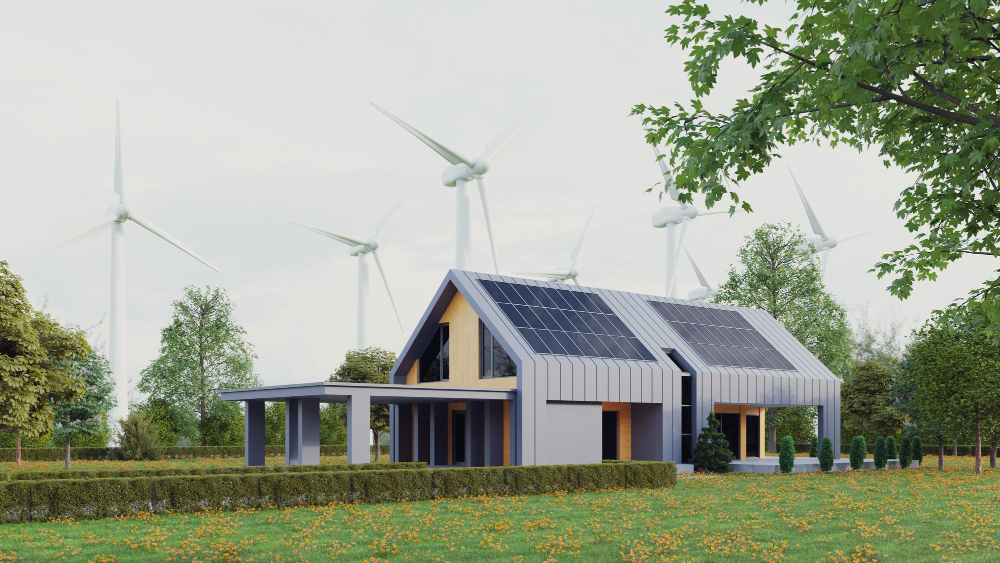Last updated on
A large portion of your energy bill is due to heat loss. This is different in different parts of the house. Most heat escapes through poorly insulated walls and leaky windows and doors, accounting for roughly 40 percent of the overall total. And almost a quarter is through the roof.
UK homes have some of the lowest rates of home insulation in the developed world, despite energy prices now through the roof (pun intended) and past and present government schemes to tackle the energy crisis.
If your home has some form of wall insulation, the next logical step is to insulate roofs, ceilings and lofts. There are several materials available, most with simple installation and results that substantially lower how much you pay for heating and cooling.
Why Insulate Roofs?
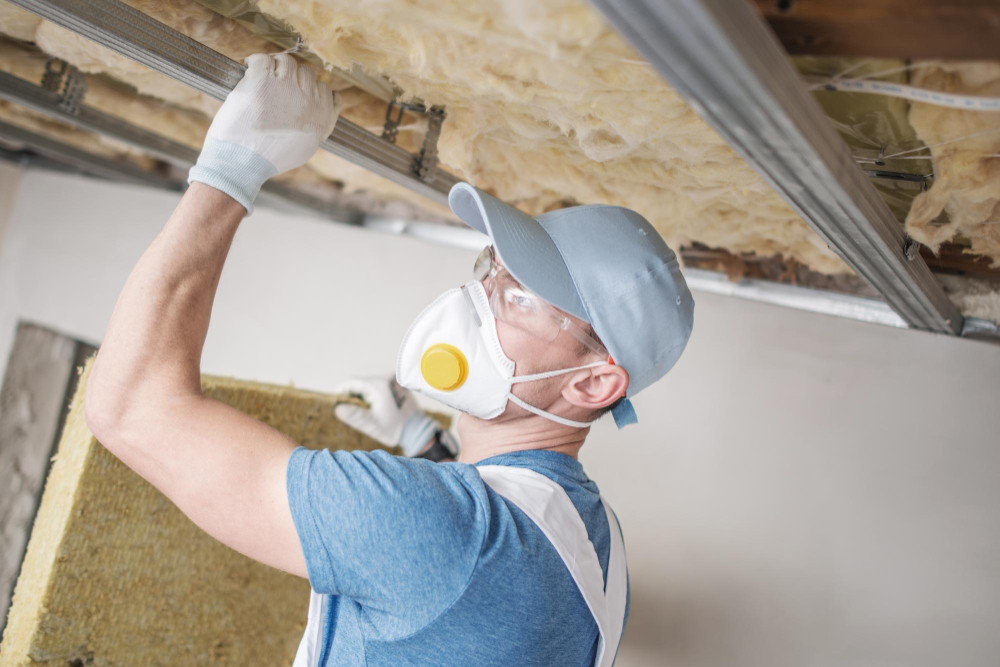
Just like any other part of your home, insulating the roof retains more heat during the colder months, while keeping things cool when temperatures rise. This has a profound effect on family health, with lower temperature fluctuations throughout the year.
Then, there are the financial benefits. Consuming less electricity and gas will lower your bills by a fair margin. But homeowners also improve their home’s efficiency rating with lower carbon footprints, and Energy Performance Certificates (EPC) impacting prices when the time comes to sell. And with the prices of insulation products nearing record lows, this is a venture that pays for itself within just a few years.
Lastly, consider the structural benefits insulation provides. By reducing moisture and mould buildup, roof insulation also means timber frames and adjoining walls last longer, so additionally minimises maintenance costs. And if you have an acute sense of hearing, roof insulation works to lower outside noise, good if you live in built-up areas with a lot of traffic.
Materials Used in Roof Insulation
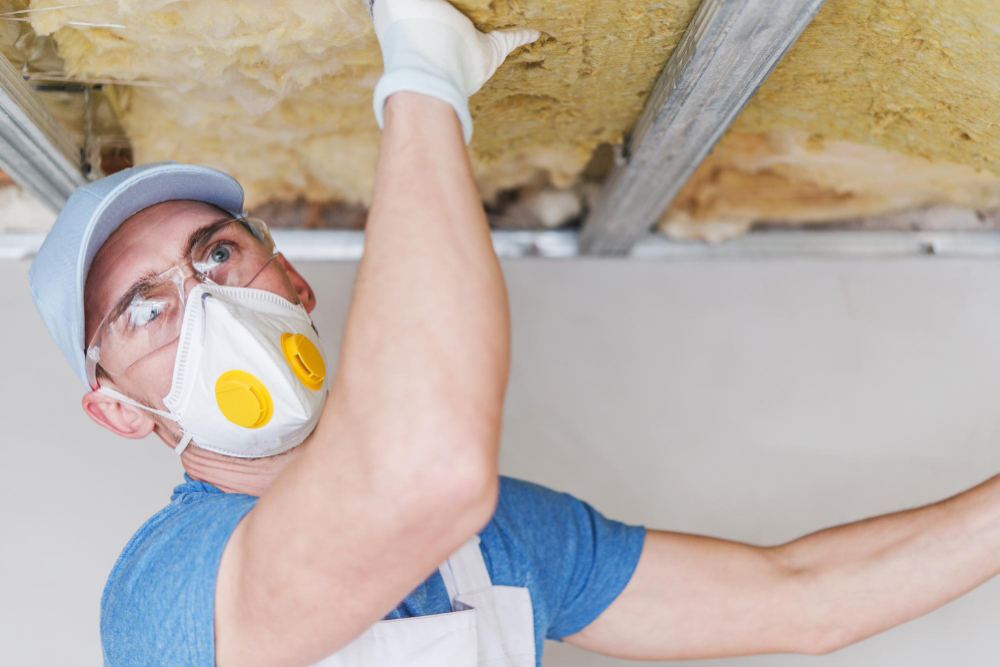
There are several insulative materials to choose from. They differ in their efficiency ratings, the amount or thickness they need to reach the desired result, and whether you’re insulating a pitched or flat roof. Normally, they also differ in price, and how easy they are to install. Let’s take a closer look.
Foam Board Insulation
Rigid foam boards are a popular insulation choice for all parts of your home, especially the roof. They consist of closed-cell foam sandwiched between a face and backer material. Products in demand include Polyiso (PIR), Polyurethane (PUR), Expanded Polystyrene (EPS) and Extruded Polystyrene (XPS).
For roofing applications, boards of medium thickness like 110mm PIR insulation boards are a good balance between overall thermal efficiency and the space limitations in the roof itself. PIR retains more heat than most insulative materials, copes well with changes in outside temperatures, retains form even under impact, and is inherently moisture-resistant, so prevents structural decay.
The list of benefits though doesn’t end there. Polyiso boards are also flame-retardant, meaning they won’t catch fire, nor spread flames or toxic substances in the case of fire to other parts of the house, so meet the strictest fire and building regulations.
They’re also eco-friendly, with fewer toxic substances than other foam boards, use less energy to make, and some types are recyclable. Lastly, with boards consisting mostly of trapped air, they are very light and easy to handle, install and transport.
How PIR Compares to Other Boards
PIR insulation is a newer product compared to PUR, EPS and XPS. Where it excels is the very high thermal rating, almost double that of XPS and EPS boards and with more resistant blower materials, about a fifth better than its nearest cousin, polyurethane. This allows boards to be optioned in thinner sizes and saves money.
It also means that thinner 110mm PIR insulation boards have the same heat retention as 200mm XPS and EPS boards and 130mm PUR types, but will fit within the space between roof rafters. They’ll be easier to install, with no additional work.
Spray Foam, Mineral and Glass Wool Batts, and Loose-fill Insulation
Spray foam is a somewhat costlier option than insulation foam boards, largely due to the high installation costs. It comes in two varieties – open cell and closed cell, The foam expands when applied, and settles once dry.
It creates an airtight seal, resistant to humidity and moisture, and has the same high thermal ratings as PIR boards of similar thickness. Like boards, foam is rated to last the lifetime of the building, but needs more attention when applying due to toxic propellant and sealing cracks and crevices.
Mineral and glass wool batts are the traditional options for roof insulation. They’re made either of natural stone fibres spun into wool and held together by oils or resins.
Or slag-based wool with or without a mixture of glass and/or natural stone. Batts are cost-effective, relatively easy to install when done with the proper PPE gear, and have thermal values comparable to XPS and EPS boards. And they’re flame-retardant, recyclable and a bit cheaper. The same materials can be used as loose-fill insulation.
Materials Based on Budget and Application
PIR boards have largely replaced other thermal boards in roofing applications, especially for residential uses. They’re offered in standard building sizes and are widely available, meaning prices have come down considerably and are in line with XPS and EPS foam boards. If you’re insulating large commercial or industrial premises on a tighter budget, also consider batts or loose-fill mineral or glass wool.
Roof Types – Warm Vs. Cold
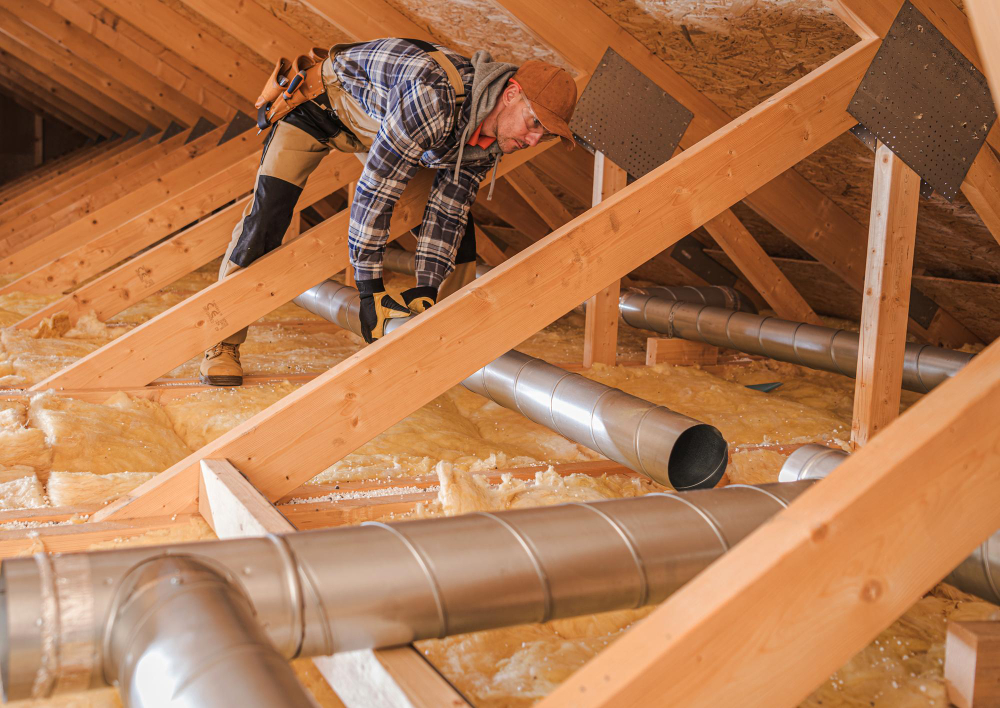
Homeowners can go with ‘cold’ or ‘warm’ roof insulation in both pitched or flat roofs. Cold roofs have insulative materials laid between the rafters, meaning the roof covering and rafters remain cold or uninsulated.
Cold roof insulation is predominantly used in existing homes, as it requires less work, but still offers good energy efficiency, prevents moisture and condensation (with the proper ventilation) and allows flexibility in terms of materials. Both boards (with or without attached plasterboard) and batts can be used.
Warm roofs have insulation installed above the rafters. This is combined with a ventilation layer. The benefits are higher thermal resistance, translating to warmer temperatures and lower bills, as well as reduced condensation buildup, and less maintenance.
There’s also a lower chance of thermal bridging or lost heat. The downside is that there’s more work in existing homes (removing tiles and covering) leading to higher costs. For new builds, though, this is the preferred way to insulate both pitched and flat roofs.
Lofts, attics and storage spaces located above common living quarters are insulated similarly to warm roofs. Insulating materials, either wool batts or foam boards are placed between the joists or horizontal beams, in essence creating a ‘cold’ loft.
To prevent condensation and moisture buildup, soffit vents are placed around the roof perimeter. Conversely, if the loft is intended as an additional room, foam boards with insulative plasterboard are placed between and below the ceiling or roof rafters.
Common Considerations
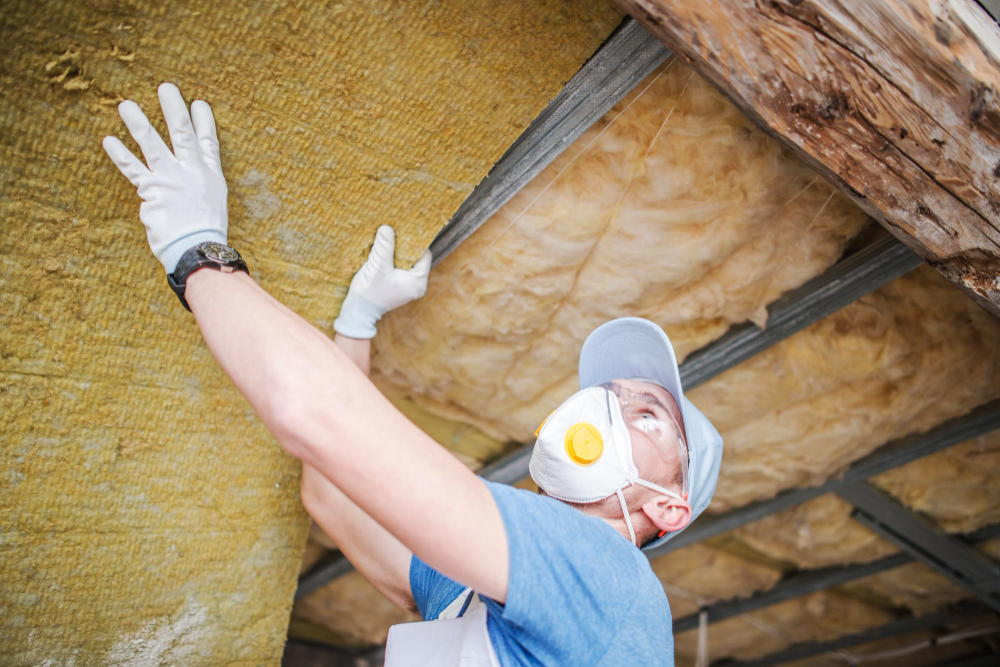
Cold roofs can be a straightforward DIY job if you’re good with basic tools. Boards are easy to cut and install, and the same applies to batts. In both cases, you’ll also need goggles, masks and gloves, cutting tools (knives or saws) as well as fasteners to fix boards to the rafters and tape to avoid bridging.
Warm roofs can be a bit of a stretch, so better left to a pro. Either way, you’ll need to work out the area that needs to be insulated and pit this against common batt and board sizes. Lastly, consider where you’ll be sourcing materials. To make matters easier, insulation manufacturers have defined lineups of boards, batts and additional materials that work best in roof insulation.
Related reading:
Table of Contents




